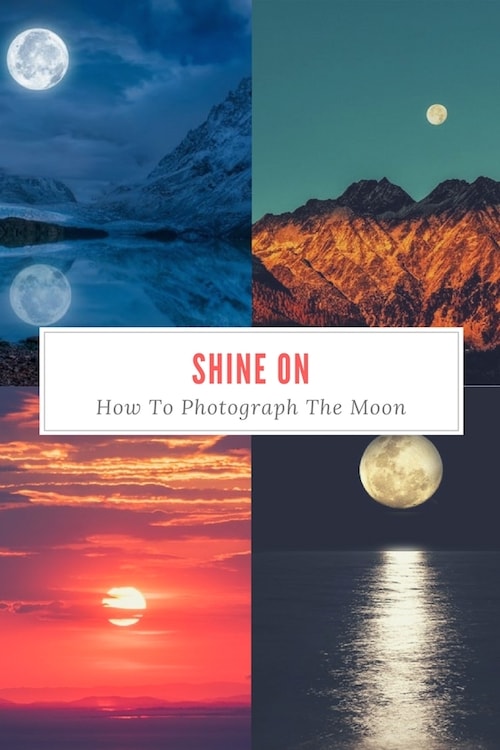
When it comes to learning how to photograph the moon, it’s often high on our list of things we want to do, but low on our list of things we think we’re capable of doing.
The good news is that night photography isn’t as hard as it looks. Sure, it’s certainly worth mastering the basics of your camera by experimenting with landscape, portrait and macro photography first, but there’s no need to take forever to have a go at photographing the night sky.
Explore seven tips that will give you the confidence to not only have a go, but produce something your friends and networks will amaze over. And the bonus with mastering moon photography is that you get to simultaneously marvel at the wonders of the universe. Awesome.
1. Plan Your Shot
It sounds obvious, but before walking out the door, you need to know there’s a moon available for you to photograph. Use a moon calendar to write in your diary every full moon in the year, so you can set the time surrounding that day aside for an outing.
When the day arrives, consider the weather. It’s totally OK to have some cloud cover, something that’s particularly exquisite for sunset photos, but there’s no point leaving the house if the cloud cover is so thick that there’s no moon in the sky to photograph.
Once you’ve ticked off the existence of a full moon, before even starting to fiddle with your camera settings, take some time to plan your shot. With moon photography, it’s all about perspective so have a think about what kind of photo you want. Do you want a landscape photo of the moon and its surrounds; a photo just of the moon; or a photo in the context of the buildings or natural wonders that surround it?
If you want to capture a large rising moon, get out and about earlier in the evening to find some spots that will – by virtue of perspective – make it appear bigger than it actually is. If the size of the moon isn’t an issue, a landscape photo – either rising on a beach or cityscape horizon – makes for a glorious shot.
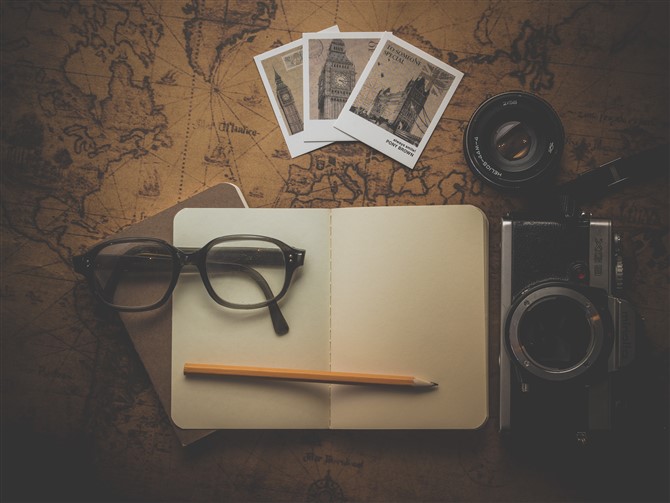
2. Use The Right Equipment
Camera phones can take some pretty cool pictures these days. That’s not the case when it comes to the moon.
For moon photography all you need is an entry-level DSLR camera, but you need to invest in a high quality lens. Your lens needs to be 200mm or higher, but ideally 300mm or higher. This means you can zoom in at a greater distance.
To reduce wobbling, shaking and blurring, it also makes sense to have a tripod and, to be completely hands-free, a shutter release cable. If you want to get seriously up close and personal, you can also use a camera in conjunction with a telescope.
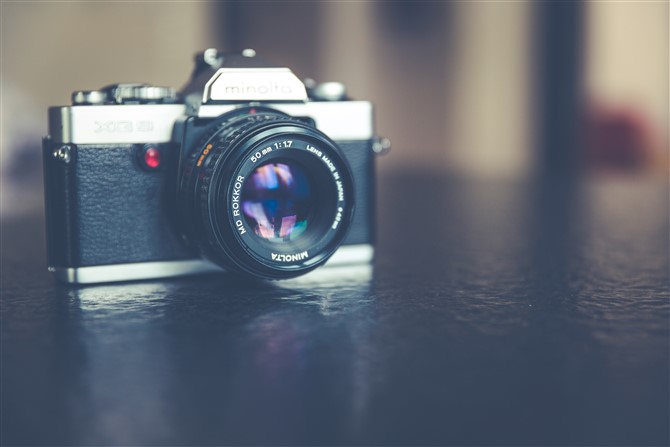
3. Find A Beautiful Landscape
Before getting too creative with your moon photography, have a go at taking a classic moon landscape. The first step is finding a location that gives you plenty of room to move – the beach or the country are ideal.
According to Steve Berardi in Photo Naturalist, the trick to making the moon the main attraction of your photo is to “concentrate on distant landscapes and use a telephoto lens to frame your shot”. This will make the moon appear relatively large in relation to your shot.
If you want the moon to appear as a dot and instead emphasise the beauty of the landscape, use a wide angle or fish eye lens.
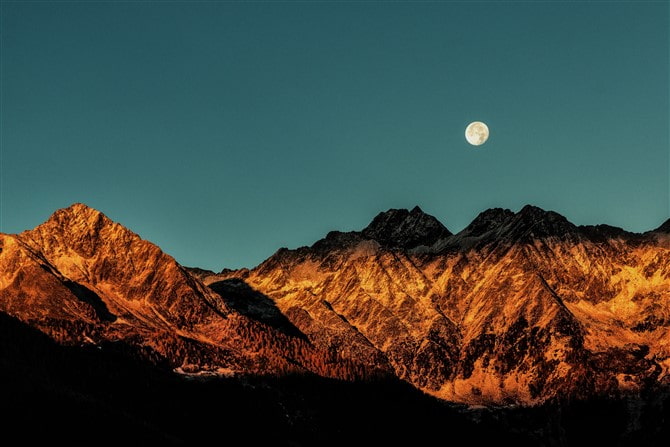
4. Make The Moon Look Bigger
If you want your photo to be all about the moon and nothing but the moon, the key is to first make sure it’s the brightest and largest object in the sky. That way you can shoot it with a normal telephoto lens.
However, using a long zoom lens will mean you will get the biggest capture and the best detail. This is where a lens of 300mm or longer kicks in.
Tech Radar advises that, to achieve the best shot, it’s best to switch your camera to manual focus. They say “in manual exposure mode start with ISO800, a shutter speed of 1/250 sec and an aperture of f/5.6.” They then advise to adjust the ISO or aperture until you can see clearly see the detail of the surface of the moon.
If you want to learn more about how to calculate the shooting distance for a given moon size, this piece by PhotoPills is good for some advanced reading.
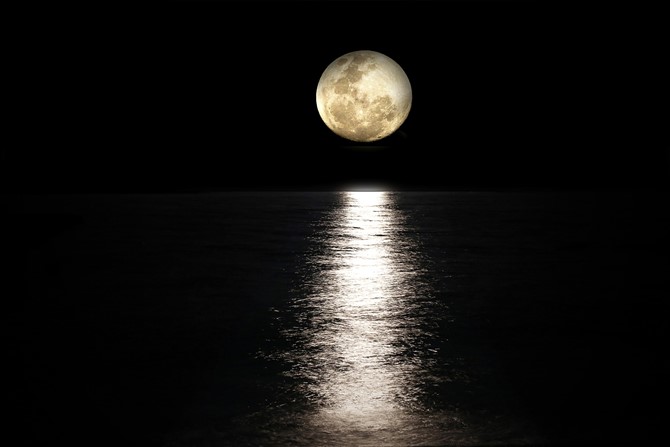
5. Learn The Moon Phases
In this context, learning the moon phases is less about new age astrology and more about science. That said, your astrology friends may very well be a font of knowledge in this area, so – if you don’t know any astronomers – don’t be shy about asking them instead.
Moon phases are important to know so, prior to even getting out the camera to snap the moon, take a month to actively observe the cycles. To know where the moon is going to rise and set in your city check out this Moonrise and Moonset Calculator.
While it’s often tempting to photograph a full moon, you will get more texture and detail of craters and shadows when a moon is waxing or waning, so the ideal time to photograph the moon is actually either the day before or the day after a full moon.
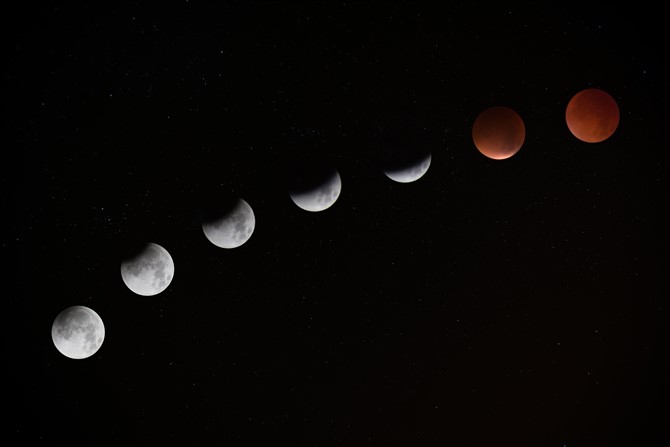
6. Clear Nights or Cloudy Skies?
Every sunset photographer knows the value of clouds and the theory is very similar for moon photography. Clouds can both enhance and inhibit your moon photography depending on the situation.
A moon rise at sunset with a smattering of clouds can result in an exquisite capture, but if you’re after a photo where the moon is reflecting or twinkling onto the water, a clear night is best.
If you are less interested in a landscape photo of the moon and more interested in capturing the detail of the moon, a clear night is absolutely essential. To achieve this, you don’t even want the thinnest film of cloud covering the moon. Pollution, hot Summer days or Winter drizzle can all impact, so if you’re passionate about moon photography choose a crisp, clear Spring or Autumn night and escape out of the city.
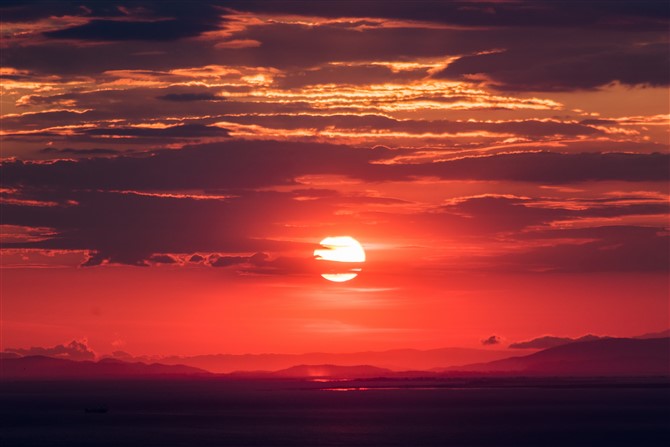
7. Get Creative By Making An Interesting Composition
The creative inclusion and strategic positioning of buildings, mountains, trees and even people can give a moon photo a unique twist.
While it’s fun to photograph the moon on its own, the true mastery of moon photography is all about composition and perspective. Anne McKinnell is Digital Photography School suggests framing the moon around trees or buildings, or reflecting it off the surface of a lake. She says “Think of the moon as a single element which should be incorporated along with other compositional elements and techniques to make a great final photograph.”
Another fun idea is to reuse some of your best moon photographs over and over in other photographs, making the moon whatever size you want it to be in the context of the photo and basically Photoshopping to your heart’s content!
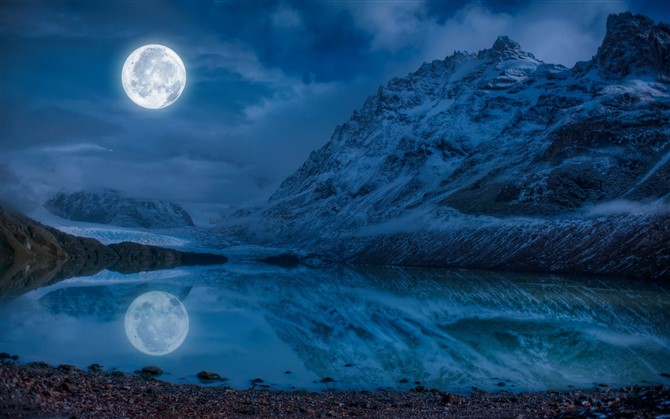


Leave a Reply